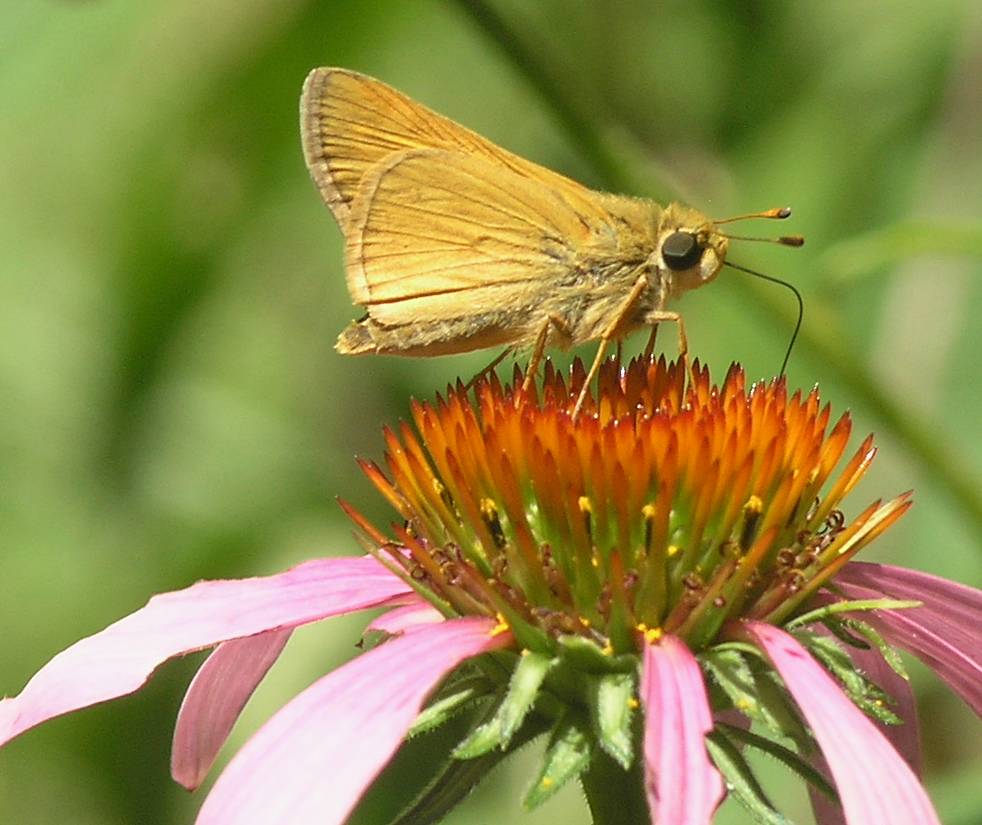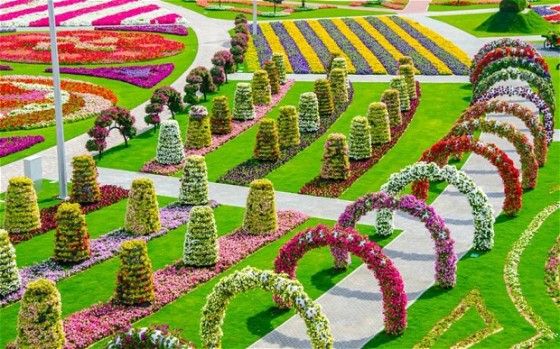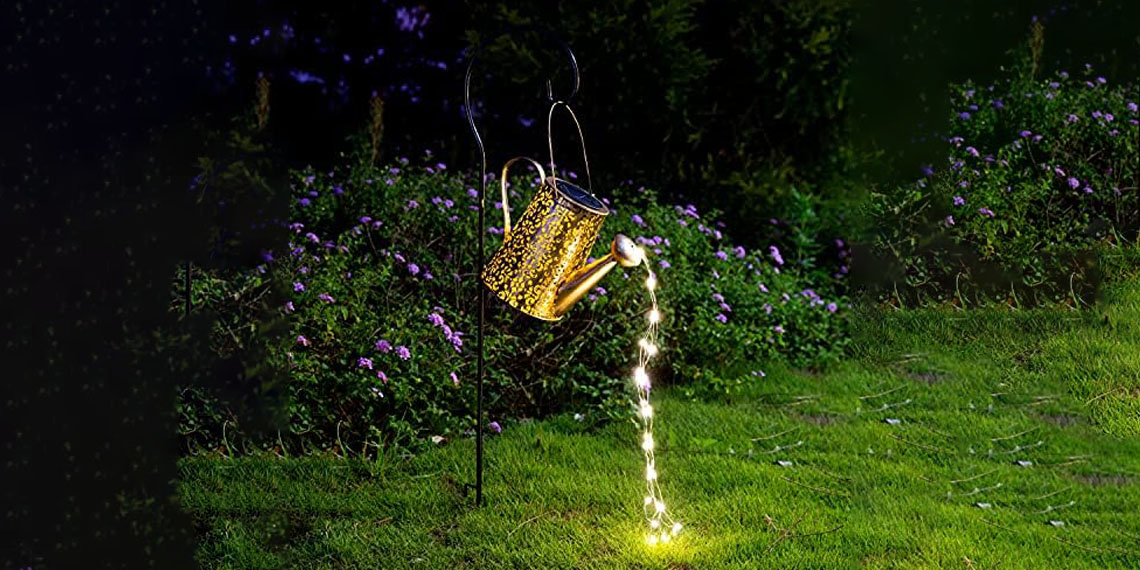Create your own butterfly garden
Butterflies are some of the most beautiful and attractive creatures on Earth. Butterfly gardening is designed to create an environment that attracts butterflies, as well as certain moths. Butterfly gardening is often aimed at inviting those butterflies and moths to lay eggs as well. Because some plants are not fed upon by adult butterflies, the caterpillar host should also be planted for a bigger population of butterflies. A butterfly garden is an easy way to see more butterflies and to help them, since many natural butterfly habitats have been lost to human activities like building homes, roads and farms. It is easy to increase the number and variety of butterflies in your yard. Simply grow the plants the caterpillars like to eat, and plants that adult butterflies feed on! Butterflies typically feed on the nectar of flowers, and there are hundreds of such plants that may be planted to attract them, depending on the location, time of year, and other factors. In addition to the planting of flowers that feed butterflies, other means of attracting them include constructing ¨butterfly houses¨, providing sand for paddling, water, and other resources or food items, including rotten fruit. Here is a proper procedure by which you can create your own butterfly garden and enjoy the beautiful colors of these tiny creatures.
By planting a butterfly garden with all of the right kinds of plants and flowers that butterflies love to feed on and lay eggs on, you will certainly have a yard full of butterflies throughout the growing season. Butterfly gardens can be any size, a window box, part of your landscaped yard, or even a wild untended area on your property.
Creating a butterfly garden should start with some serious research to learn which kind of butterflies are native to your area. Make a list of all of the different kinds of butterflies you would like to attract, and then learn which flowers and plants they both feed on and lay eggs on. All of the plants will certainly be native to your area and therefore easy to grow with the right conditions and care. Adult butterflies will visit for a longer period if they find plants to lay their eggs on. These are called ‘Host Plants’. Some of the host plants are: alfalfa, clovers, deerweed, sweet fennel, lomatium, citrus, dill, parsley, fennel, carrot, plantains, gerardias, toadflax, snapdragons, and false loosestrifes, mallow, hollyhock, tumble mustard, alfalfa, clover, broccoli, cabbage, sunflowers, grasses.
Once you have done your research and know which kinds of plants you need, you should learn about the plants and flowers. What do they look like? How tall do they grow? What conditions do they thrive in? Perhaps print small pictures from the internet of each plant and flower so that you can begin to plan your butterfly garden by placing the pictures in the order in which you will want to plant them. In this way you can get a very good estimate of how much room you will need, and what your finished butterfly garden will look like.
Check with a local greenhouse about getting these plants and flowers. Find out which ones are annuals and which perennials are. You may want to plant the annuals in the front of the garden or away from

garden fencing because they will need to be replaced each year. Perennials will come back year after year so these should be near the back of the butterfly garden and left alone to grow and thrive. If your local greenhouse cannot get you the plants you need, check in catalogs that sell bulbs or online and order them. Be sure to learn when and how to best plant them, especially if you must purchase bulbs and start the plants from scratch.
You can add some butterfly garden accessories like a Butterfly House, which has slots the ideal size for keeping birds out while giving butterflies protection from the wind and weather, and are beautiful garden decorations. You could offer an additional nectar source close by to supplement your flowers. By providing both the food and shelter butterflies need you can prolong the butterfly’s stay in your garden and draw in others. Some of the nectar source plants are: blue cardinal flower, bloodflower, brazilian verbena, butterfly bush, butterfly weed, garlic chives, common milkweed, daisy fleabane, dames rocket, dogbane, globe, heliotrope, joe-pye weed, lantana, late-flowering boneset, liatris, marigold, mist flower, new England aster, New York ironweed, oregano, oriental lilies, petunia, phlox, privet, purple coneflower, sweet pepperbush, tickseed sunflower, tithonia, verbena, wild bergamot , wingstem, creeping wood sorrel, dogbane, garlic chives, ground ivy, heath aster, mist flower, oregano, showy coneflower, white clover, late-flowering boneset.
Once you have designed and started your butterfly garden, you can be proud that you have made a habitat for butterflies in your own yard, which helps with the conservation of the many species of quickly disappearing butterflies today. You will certainly want to place your favorite outdoor furniture near so that you can enjoy all of your visitors day after day.
Did you know?
- There are about 28,000 species of butterflies in the world, and about 725 species in the United States and Canada, with 190 in Kansas.
- The fastest butterfly, a skipper species from south central Kansas, reaches to the speed of 40 miles per hour.
- Butterflies can only see red, green, and yellow.
- Butterflies smell with their antennae and taste with their tongues and their feet.
- Most butterflies recognize their own species on the basis of color and odor.
- Butterflies need an ideal body temperature of about 85ºF to fly. Since they’re cold-blooded animals, they can’t regulate their own body temperatures.
Once it emerges from its chrysalis as an adult, a butterfly has just a few short weeks to live. During that time, it focuses all its energy on two tasks – eating and mating. Some of the smallest butterflies, the blues, may only survive a few days. Butterflies that overwinter as adults, like monarchs and mourning cloaks, can live as long as 9 months.
“Butterflies are self propelled flowers.”
“Butterfly gardening is designed to create an environment that attracts butterflies, as well as certain moths.”











